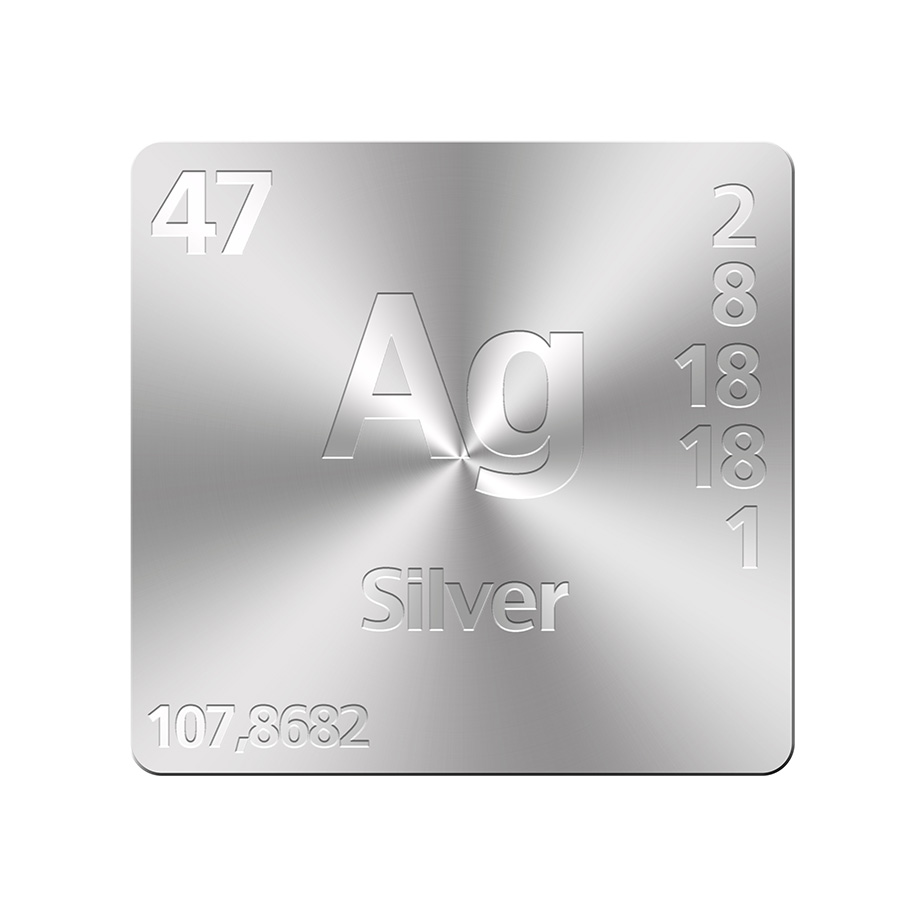The Indispensable Element
Every element is unique in its own way, but silver’s characteristics make it exceptional among all those found in the Periodic Table.
For example, silver is malleable and ductile, making if perfect for jewelry and silverware. Because it is one of the world’s most reflective substances, silver has an exquisite shine. In fact, silver’s atomic symbol is Ag, from the Latin argentum, taken from the Greek ὰργὀς meaning ‘shiny.’
Silver is also one of the world’s best conductors of electricity, allowing its use in electronic components such as wires, switches and printed circuit boards. The combination of ductility and electrical conductivity makes silver perfect for microelectronics devices such as smartphones, where it can be bent and squeezed into tiny spaces without breaking.
Silver also exhibits the singular property of penetrating bacteria cell walls – while not harming mammalian cells – and destroying the ability of the microbe to reproduce. This allows silver ions to be employed as a biocide, which is growing increasingly important as overuse of chemical antibiotics is causing some bacteria to become immune.
As if this isn’t enough, silver has been prized for centuries as an investment and storehouse of wealth and used as a medium of exchange in much the way that gold has been used. However, because of its lower value, silver is more available to a greater number of people who choose to keep physical silver instead of paper currency.
Where does silver come from?
Silver is found in the earth’s crust on its own in a pure form known as ‘native silver.’ More commonly, it is a mined as a secondary metal mainly found combined with gold, copper and lead, from which it must be separated.

